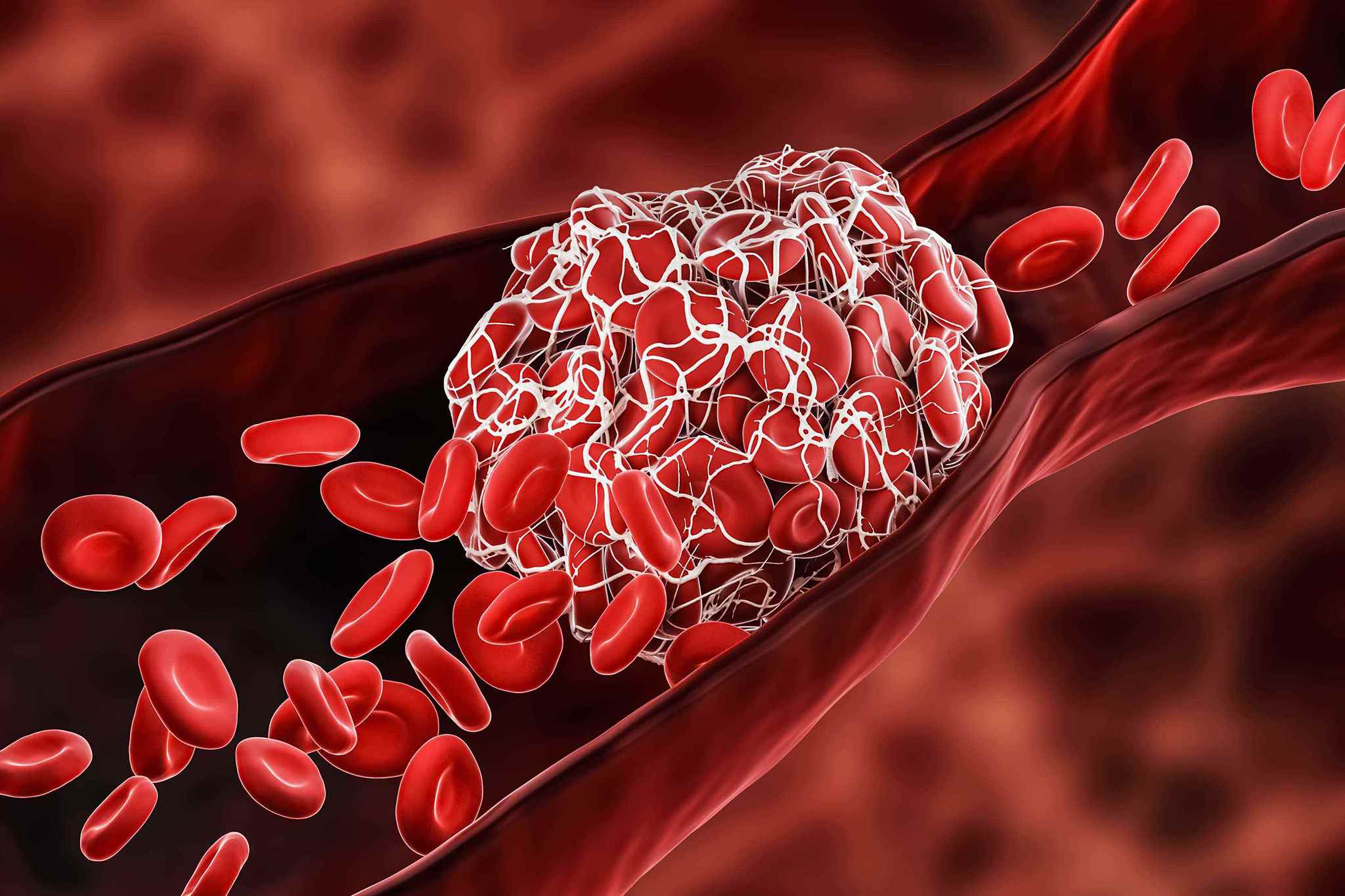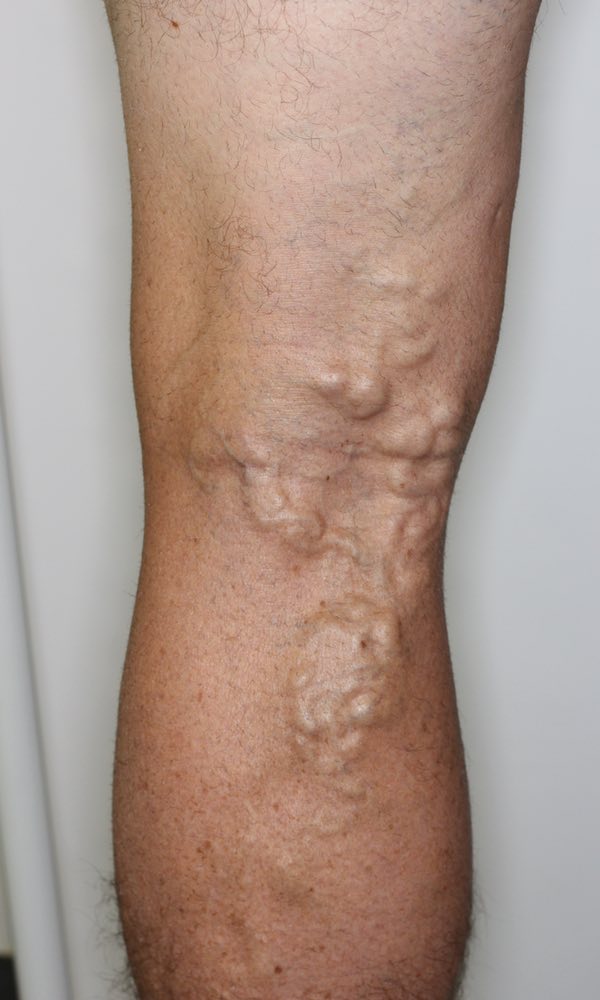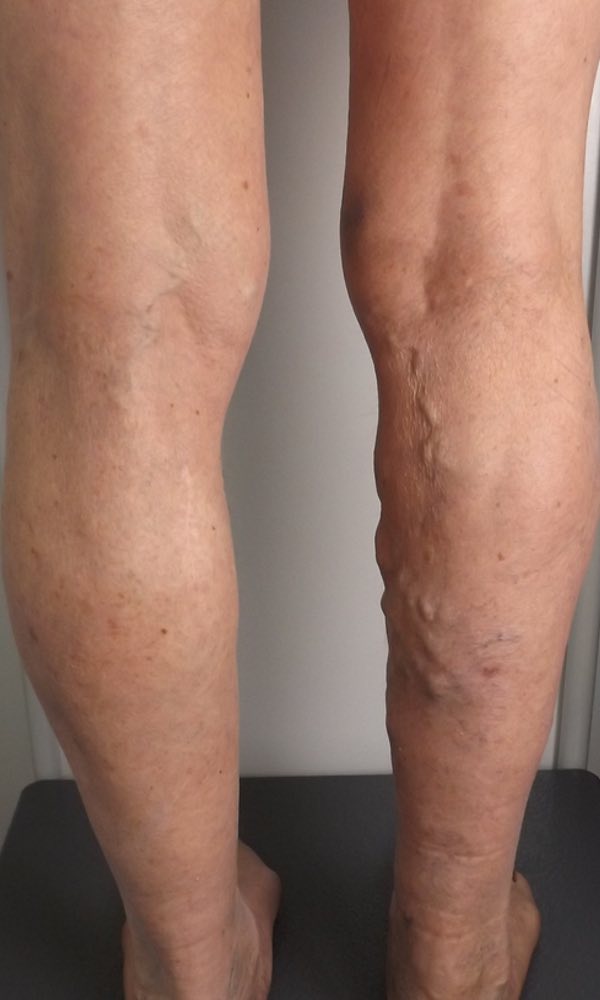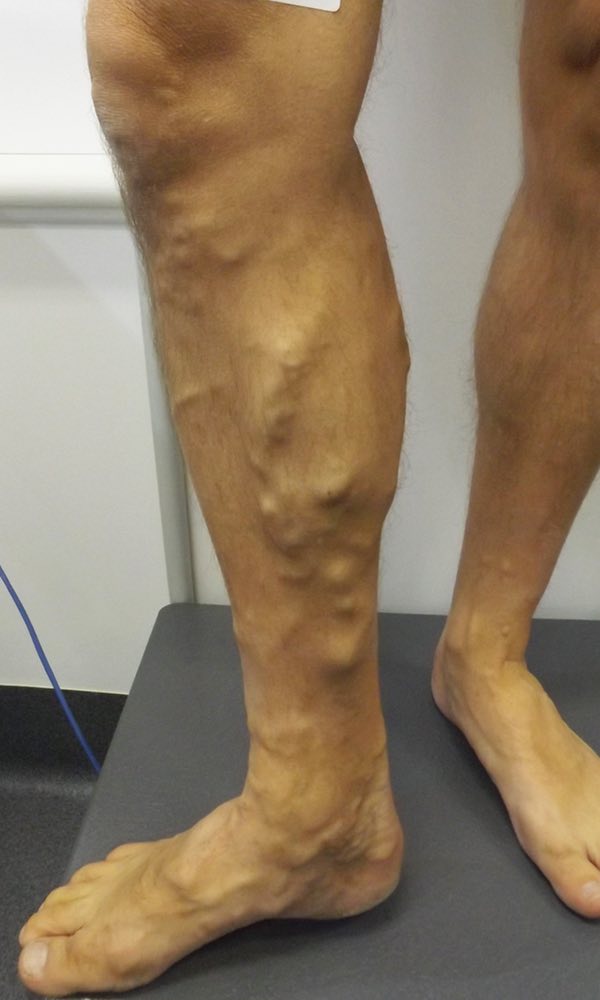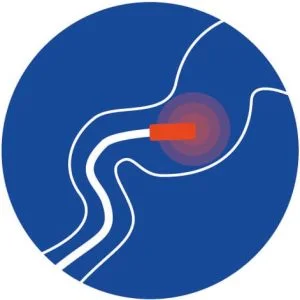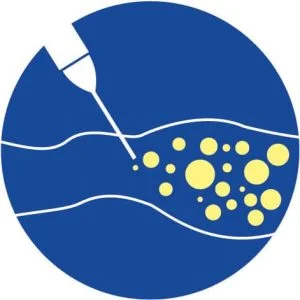Perth's Leading Specialist in the Treatment of Varicose Veins
Dr Luke Matar | MBBS, FRANZCR, FACP
What is Deep Vein Thrombosis?
Deep Vein Thrombosis or DVT occurs most often in the deep veins of the legs and thighs. It’s a condition defined by blood clots, formed when blood thickens and clumps together.
Deep Vein Thrombosis is often connected to long periods of immobilisation such as may occur when resting in bed after surgery or during long haul plane flights (economy class syndrome).
Untreated DVT can lead to pulmonary embolism, a serious condition in which the blood clots break, travel through the blood circulation and lodge in the lung, blocking the blood flow. Other complications include PPS or Post-Phlebitis Syndrome, characterised by swelling, skin discolouration and pain the affected leg.
Causes And Symptoms of Deep Vein Thrombosis
When you sit for long time, on an aeroplane for example, you may have an increased risk of Deep Vein Thrombosis. This also applies if you have been forced to stay in bed for a longer period, at the hospital or at home. Post-operative nerve injuries may also cause DVT. Other causes include obesity, pregnancy, smoking, cancer, and heart failure.
If one of your legs is affected by DVT, you may feel or notice some of the following symptoms:
Pain or tenderness in your leg, swelling, increased warmth over the affected area, or changes in skin colour.
Your doctor will check your legs for these symptoms, and will also verify your medical history, and potential test results from a D-dimer blood test, an ultrasound of the legs, or CT/ MRI scan.
How is DVT treated?
DVT can be treated in a variety of ways, depending on your doctor’s diagnosis and your particular condition.
Blood thinners may be used to reduce your blood’s ability to clot. This type of medication prevents any clots from getting bigger. In more serious and life threatening situations, clot busters (thrombolytic agents) can be used to help break the clots.
Compression stockings can be prescribed or recommended, to help prevent blood clots from developing in the deep veins of the legs. The stockings create pressure and improve the blood flow in the legs.
Surgery can be needed as the last treatment option, when these conservative treatment options have failed to reduce the symptoms. Endovenous laser ablation is the preferred treatment to remove large blood clots.
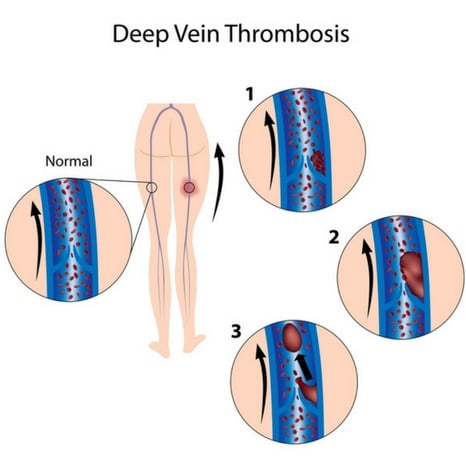
Our Approach to Treatment
Stage 1
Treatment of large malfunctioning veins (trunk)

Endovenous Laser Treatment (EVLA) to great, small, and/or anterior accessory saphenous veins. 60 minutes
Stage 2
Treatment of large varicose veins (branches)

Phlebectomy removal of larger bulging varicose veins 90-120 minutescombined with

Ultrasound-Guided Foam Sclerotherapy (UGFS) on smaller veins. 30 minutes
Stage 2
Treatment of small varicose veins (branches) if required

Extra sessions of UGFS to close smaller veins if identified as required at post-treatment follow-up scan 30 minutes
You may not require this stage.
Stage 3
Optional treatment surface veins (leaves)

Usually done by Microsclerotherapy 30 minutes
Most patients require multiple treatment sessions to remove spider veins.
Stage 4
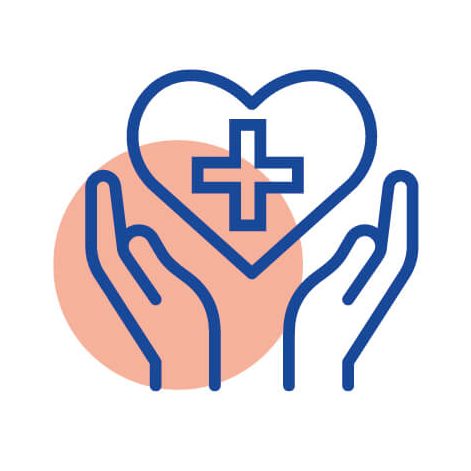
Follow up and maintenance to ensure best results
Our Minimally Invasive
Treatments
Experiencing Other Symptoms?
Frequently Asked Questions
Why do I have varicose veins?
Most varicose vein issues are hereditary. If you have one parent with varicose veins your risk of having them is around 65%. If both parents are affected the risk rises to approximately 90%. Another main risk factor for women is pregnancy, with the risk increasing with each additional pregnancy. Standing occupations such as hairdressers, nurses, and chefs also have a high risk of varicose veins as gravity puts pressure on the veins and weakens them.
How do I prevent varicose veins?
Once varicose veins are present, they will not resolve of their own accord. Measures to reduce the rate of progression include maintaining a normal healthy weight and going for regular walks of 20-30 minutes per day. Reducing the length of time spent on the feet in a stationary position may help and alternating between standing and sitting positions during the day will also reduce the pressure on the veins.
What will happen if I don’t treat these veins?
Generally, without treatment, varicose veins will get progressively worse over time. Symptoms may occur such as heaviness, ache, pain, and tiredness in the legs towards the end of the day. Further progression may result in leg swelling, itch, skin discolouration, and eventual skin ulceration. Blood clots related to superficial venous thrombosis may also occur in severe cases and can lead to the more serious condition of Deep Vein Thrombosis.
What treatment options exist?
Outdated, old-fashioned options such as surgical stripping are rapidly becoming obsolete due to poor long-term success, with recurrence rates of up to 50%. Modern treatment options include endovenous laser ablation, sclerotherapy injections, and ultrasound-guided ambulatory phlebectomy. In many cases a combination of different treatments will give the best long-term results.
Will the veins come back after treatment?
Many people are concerned that the treatment will be of limited value because the veins will just come back. This was certainly the case in the days of surgical stripping with a 50% recurrence rate at 5 years; however, using the latest minimally invasive techniques, we can reduce the risk of recurrent varicose veins to the baseline risk of approximately 3% per year.
What is the downtime following treatment?
This depends on the type of procedure performed and the severity of the veins being treated. Modern treatment with laser can involve no time off work and approximately two weeks off heavy gym work and four weeks off international travel.
Read More on Our Blog

5 Ways to Prepare for Your Vein Procedures
1. Get to know and love your stockings! We strongly recommend you buy your compression stockings well ahead of your […]
Read More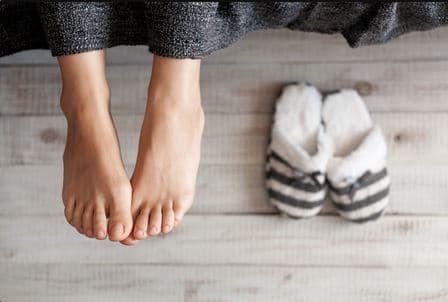
Don’t Be Fooled By Winter!
Cold weather constricts the veins and can make you feel “less symptomatic” – ie. the bothersome ache, pain, itch, heaviness, or tiredness in your legs could be less of an issue, or perhaps go away entirely.
Read More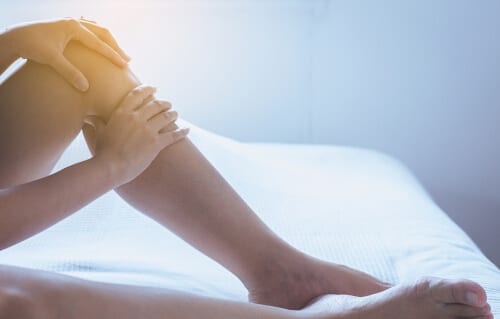
Do I Need Varicose Vein Treatment?
Suffering from varicose veins? For too long patients have been told that treatment for varicose veins is “cosmetic only” and […]
Read MoreGet In Touch
Please send us an email and we’ll be in contact very soon or alternatively, call us on (08) 9200 3450.
If you are unsure of what vein condition you may have, assess your legs with our online tool.
If you are looking for cosmetic spider vein treatment only, please click here.

